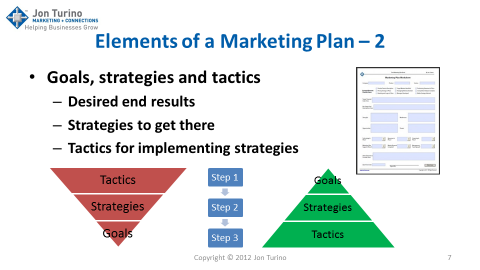 Summertime, Summertime, Sum-sum-Summertime…
Summertime, Summertime, Sum-sum-Summertime…
As I write this in Portland, OR, it is 78°F under a crystal clear blue sky. Yesterday was gorgeous as well and the forecasters promise several more days like this. It definitely feels like summertime is approaching. We’ve already been buying freshly picked strawberries from the roadside stands and the local farmers markets have opened. It’s hard to sit at a computer and work under conditions like this!
There will be graduations to attend, early vacations and a host of other mostly outdoor activities coming up over the next few months. Participation in indoor networking events will be down, but the several al fresco events in Portland will be mobbed, even if it’s hot like last year. That’s because we live for the upcoming sunny months. They renew us in spirit, feed our bodies with vitamin D, encourage us to exercise more and just generally improve our moods.
There will be street fairs and celebrations that provide sellers with opportunities to bring their wares closer to their customers in convivial atmospheres. More people will be walking in neighborhood business districts and thus more likely to visit retail establishments. Restaurants with outside seating will be making more money well into the evening hours. It really is a wonderful time of year.
It’s also time to take a look at your marketing activities to make sure that you capitalize on your opportunities to attract more customers and make more sales. Get that table at the street fair. Hold a sidewalk sale – or two or three at reasonable intervals. Provide gift coupons to your loyal customers for outdoor activities they might enjoy. Perhaps you can partner with other vendors to do this without incurring too much extra expense by cross-promoting each other.
Participate in a parade if your town does one. Or sponsor concerts and movies in the parks, a very popular set of events here in Portland. Partner with a local ice cream or frozen yogurt store to do a promotion. Or rent a snow cone machine and the people to run it. Hire a face painter or a professional balloon artist to bring families with children to your establishment. Offer a mid-afternoon “happy hour” if you run a restaurant.
Celebrate the summer with your prospects and customers so they remember you fondly in the Fall and during the Winter months. And please share your ideas for summer business promotions with my readers and I. We’d love to hear from you. Enjoy June!
Scoop.it 











